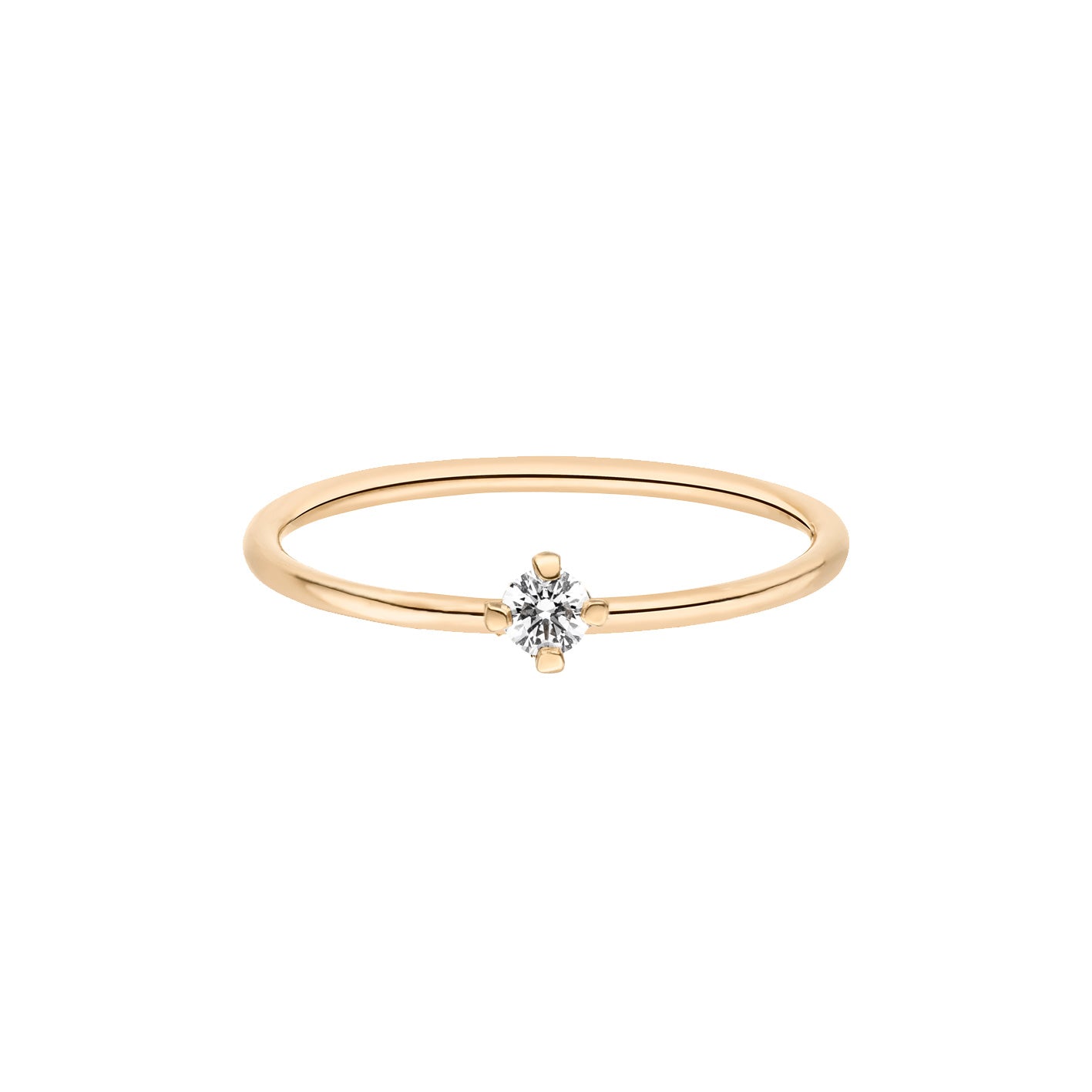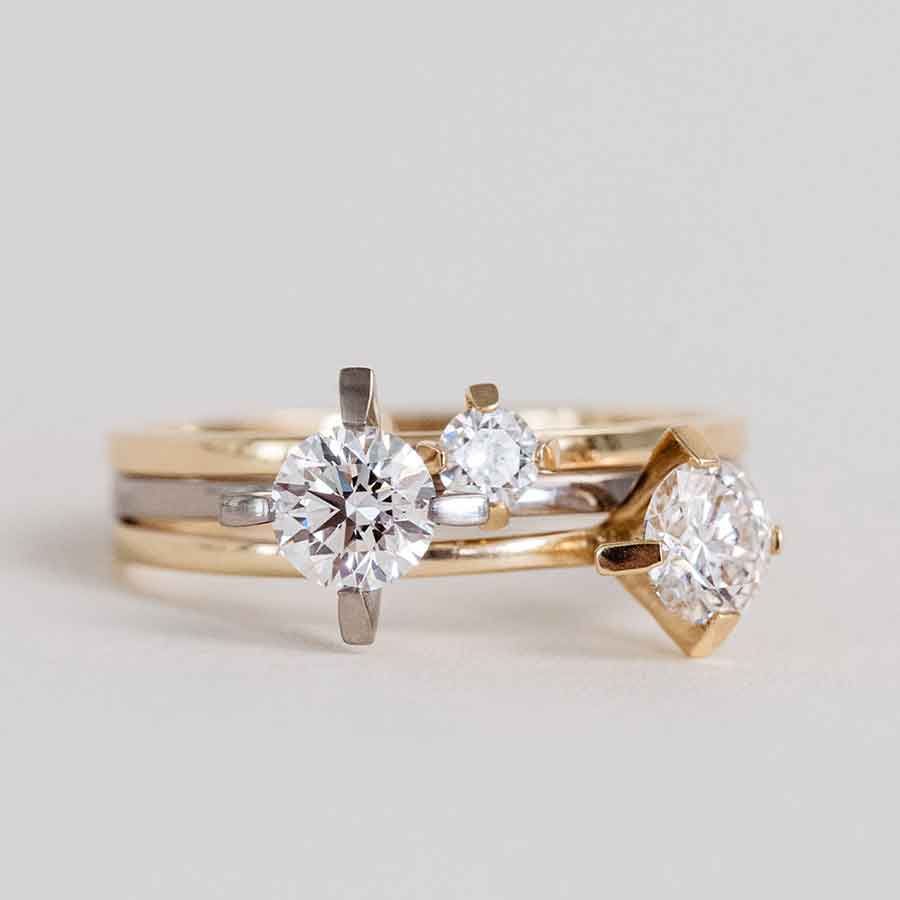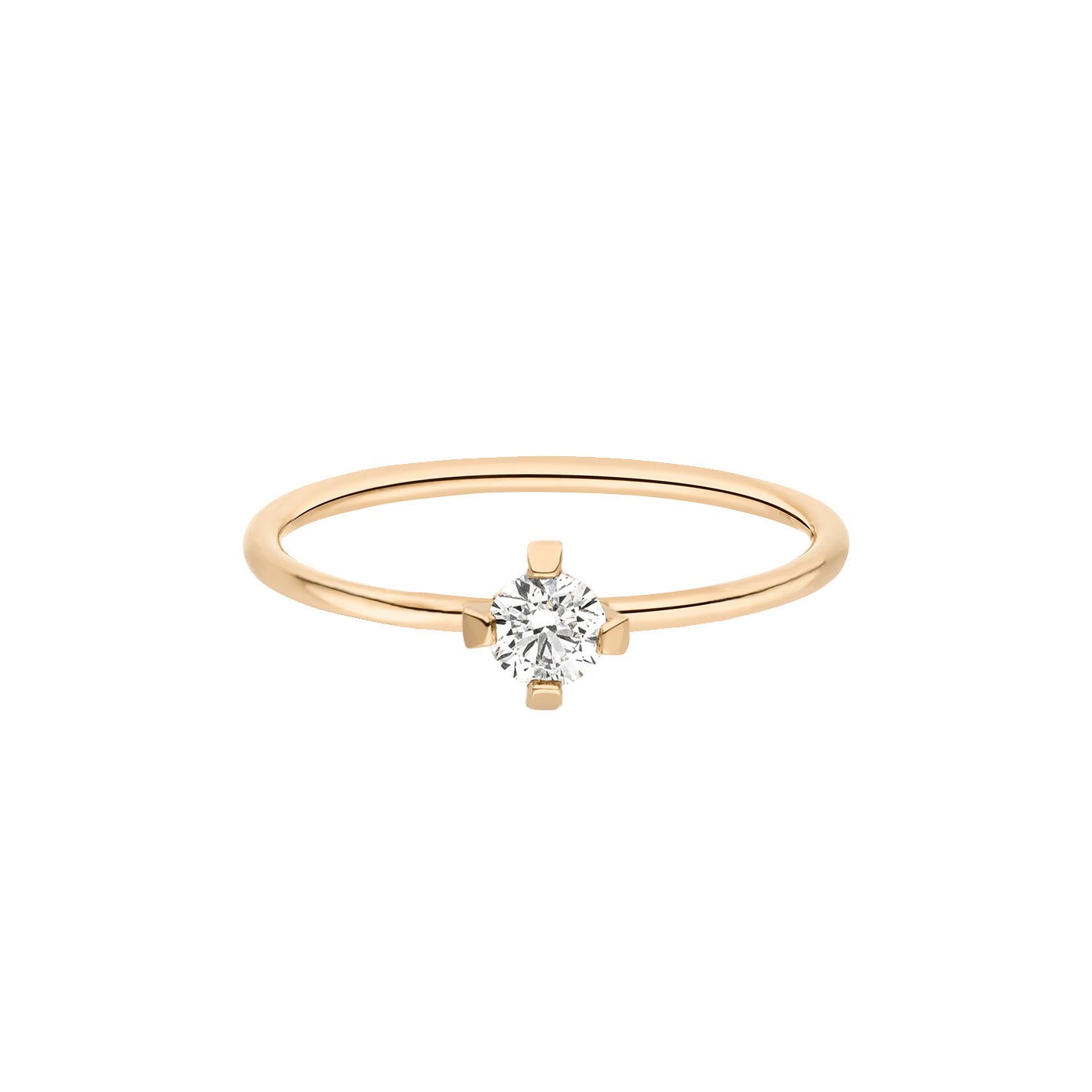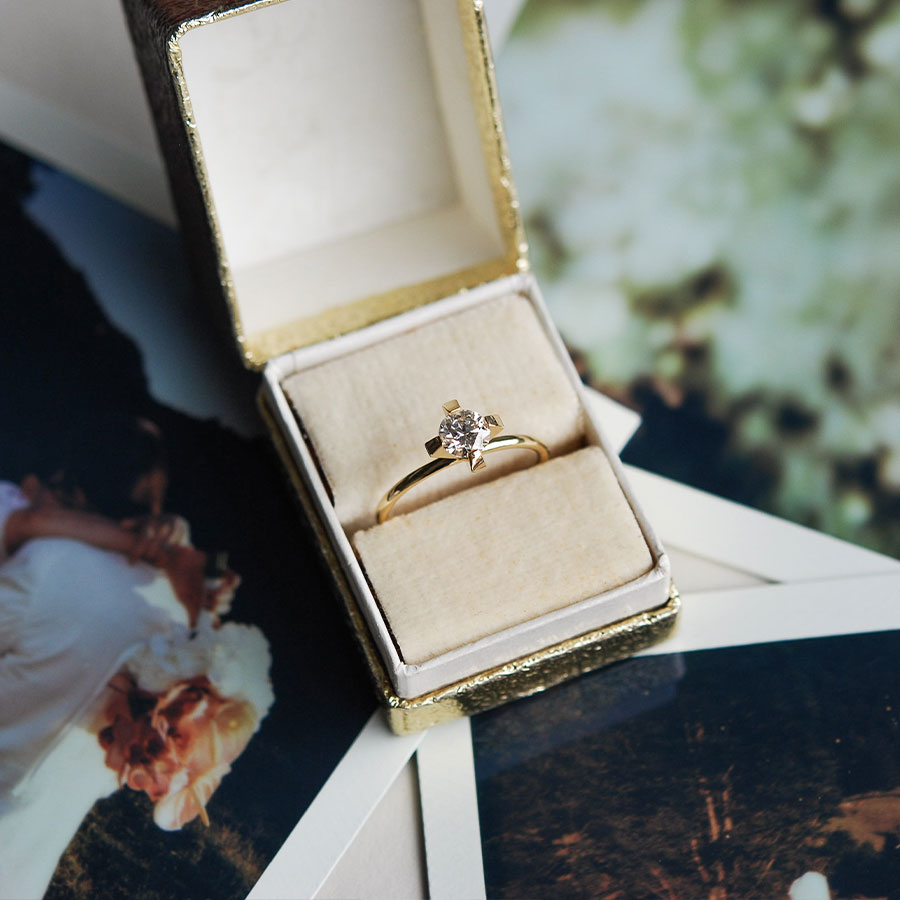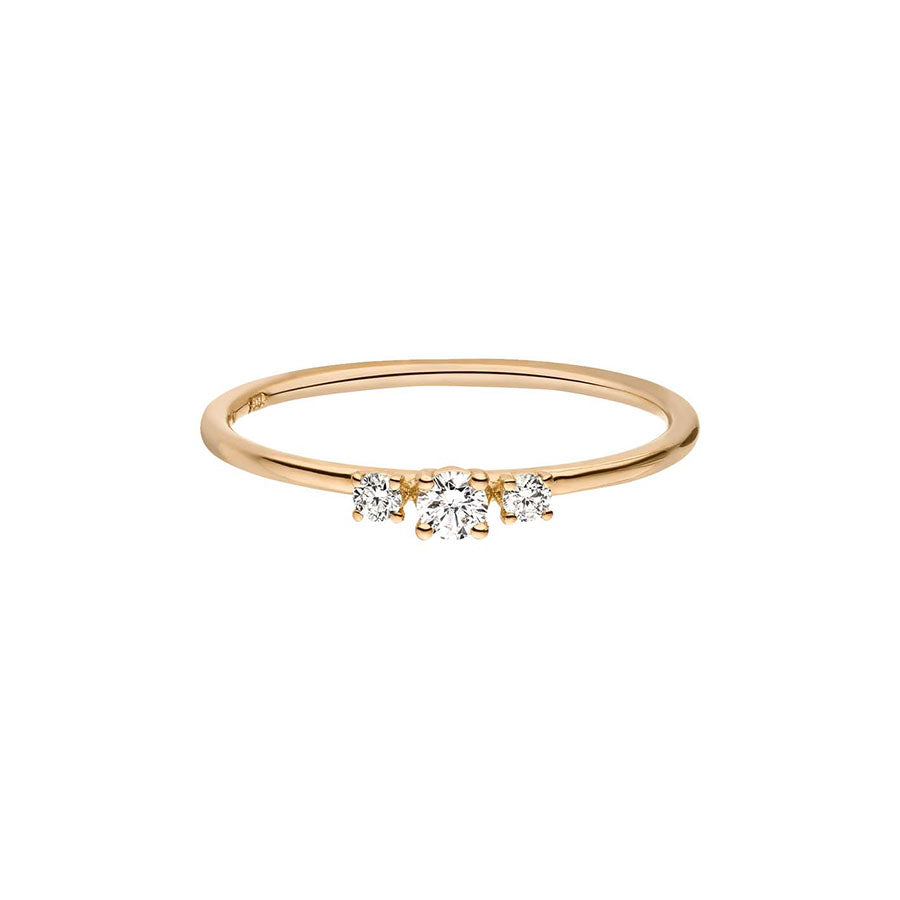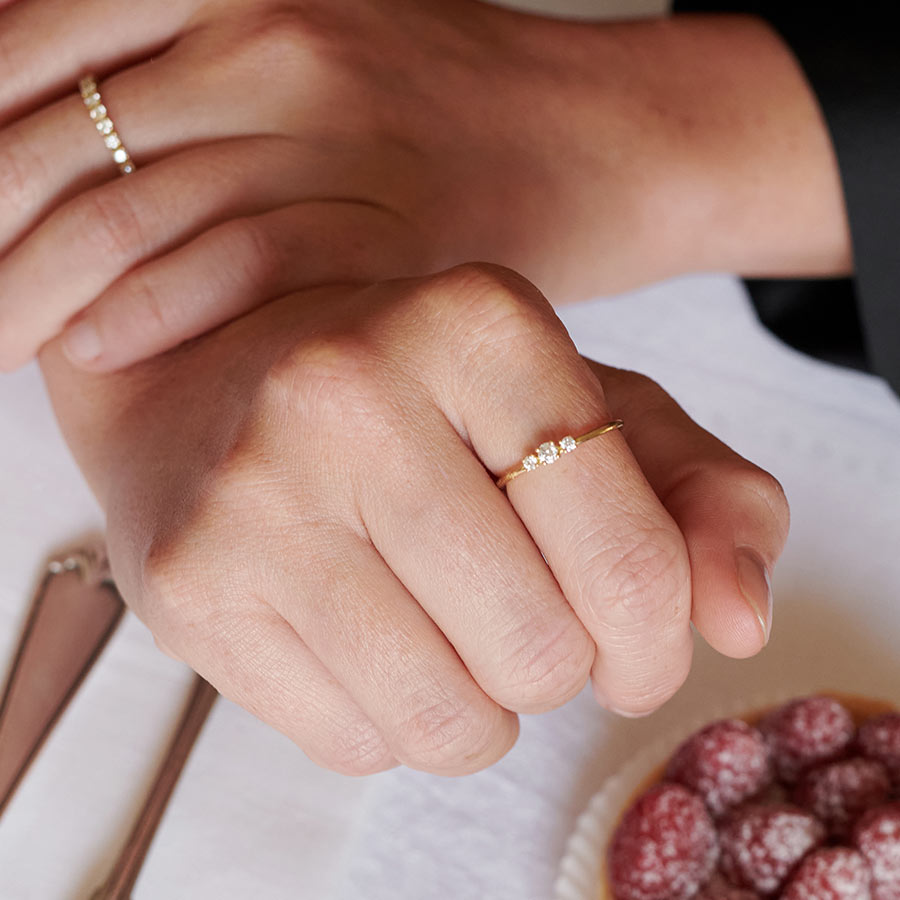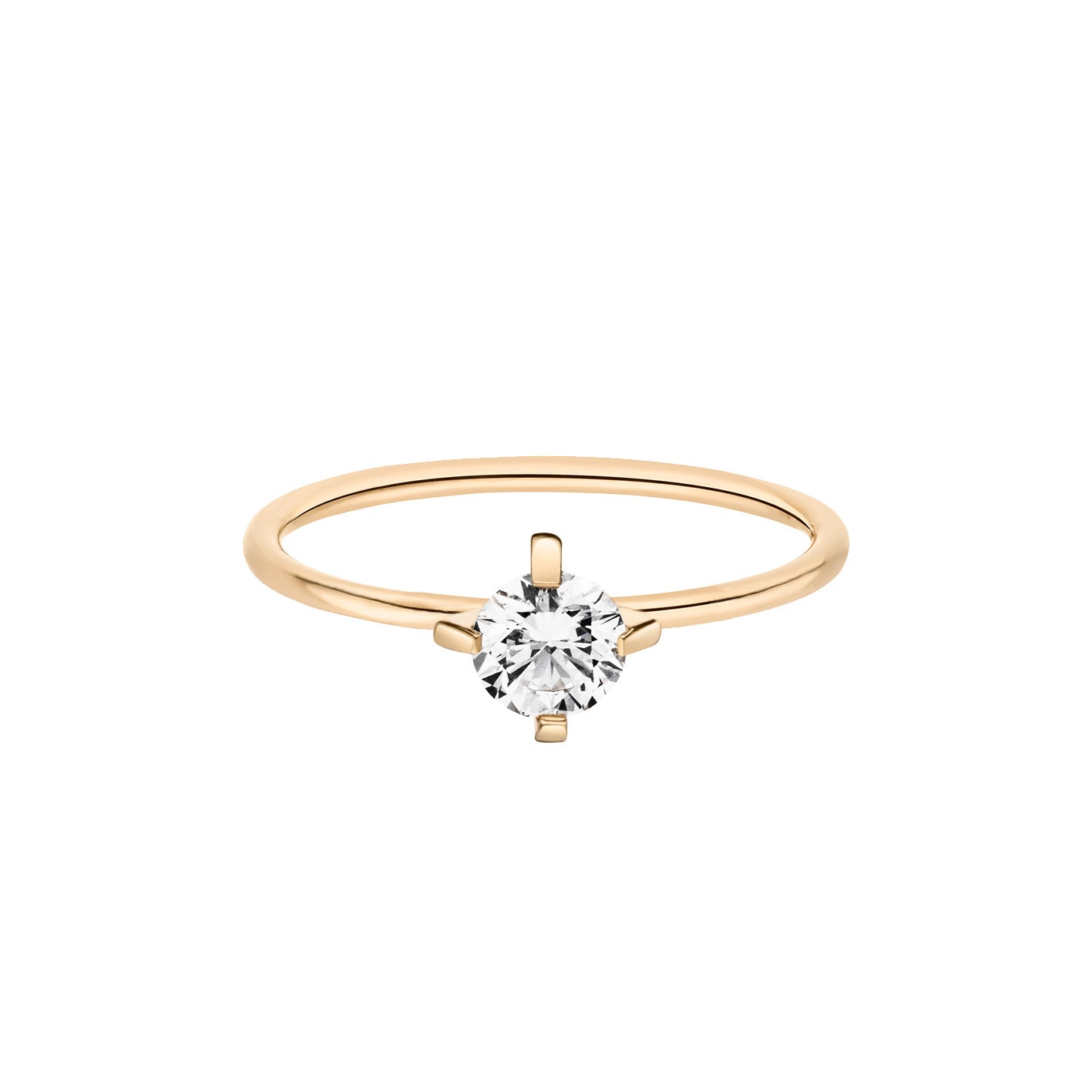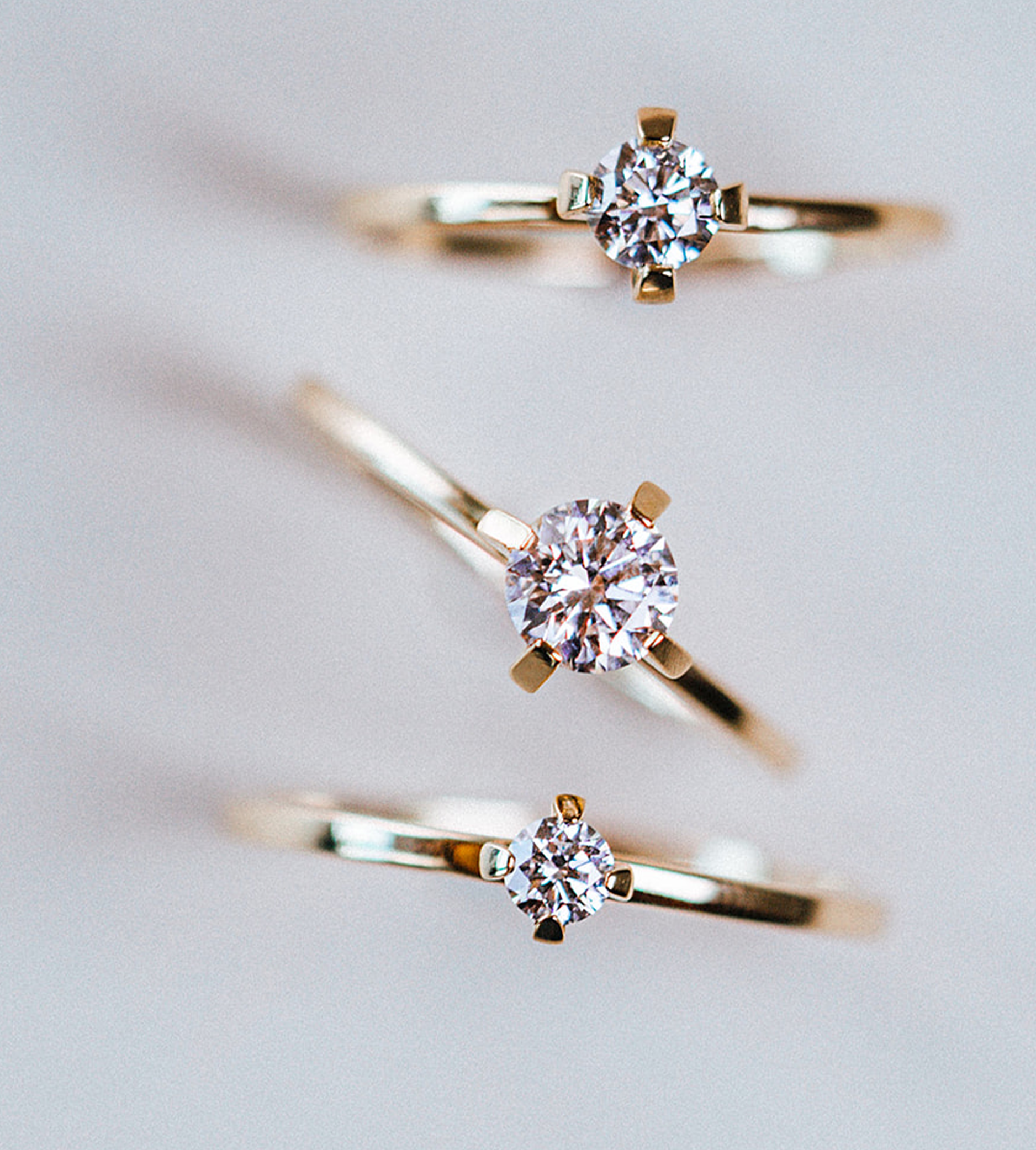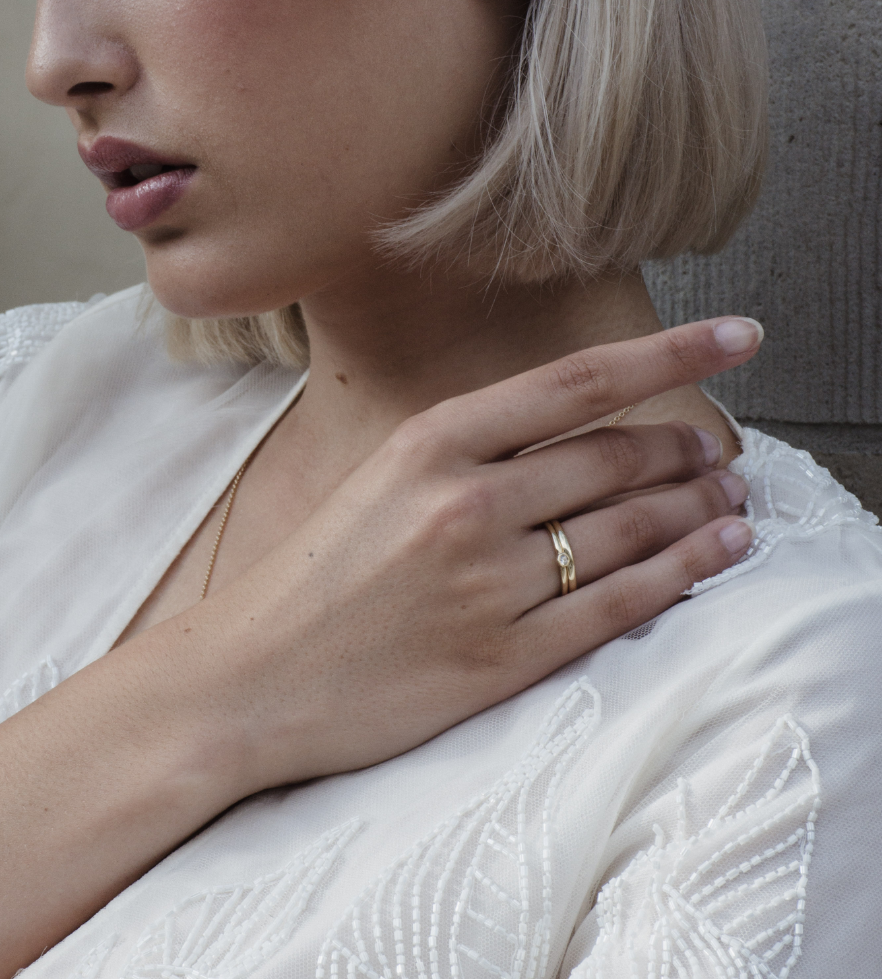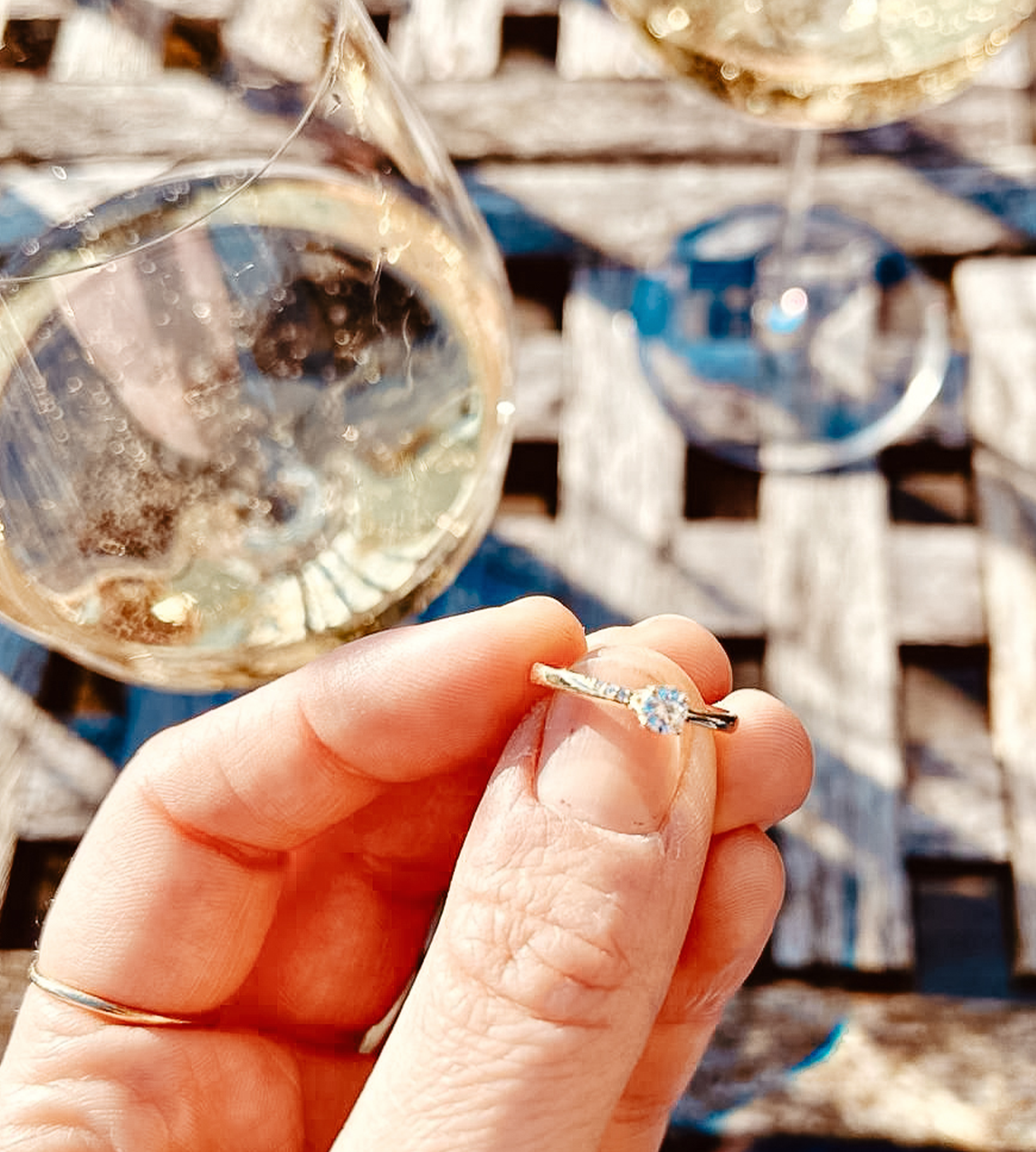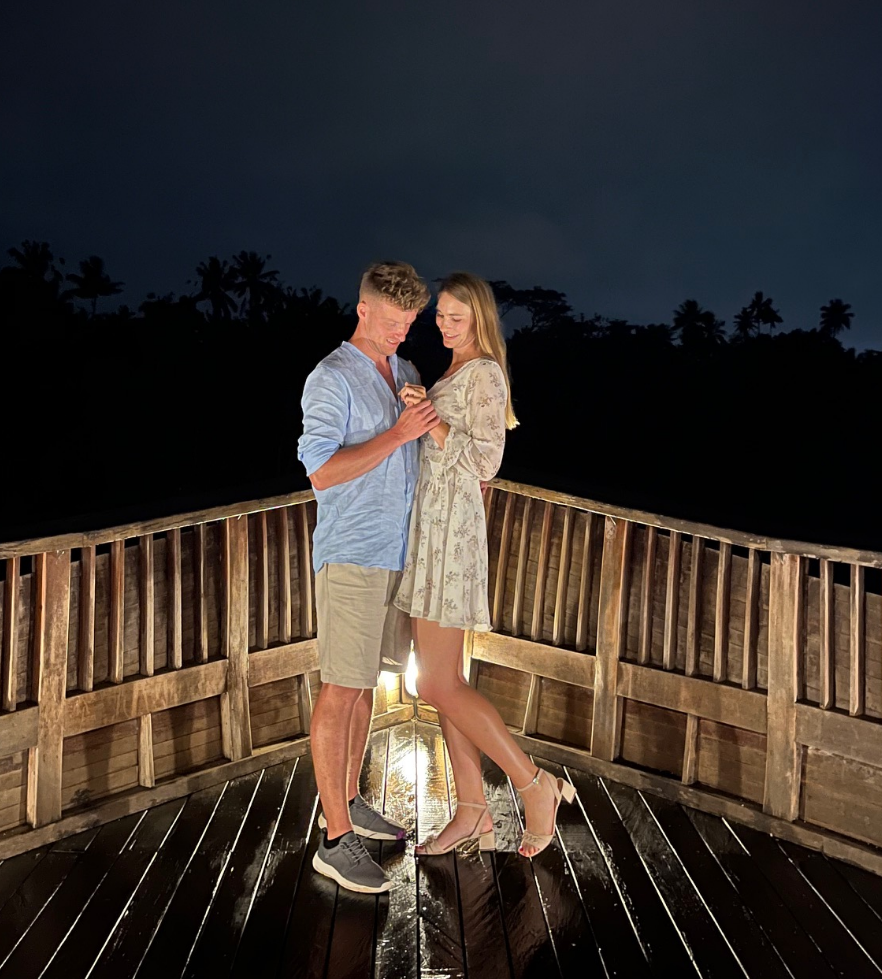I love making jewelry - especially jewelry that stands for love, like yours Engagement Rings. As a trained jewelry designer, I am particularly interested in the history of this ring. Especially because its meaning has changed so much from a symbol of ownership to an expression of partnership love. But the essence is always the same, a ring that stands for love, for an infinite promise without beginning or end.
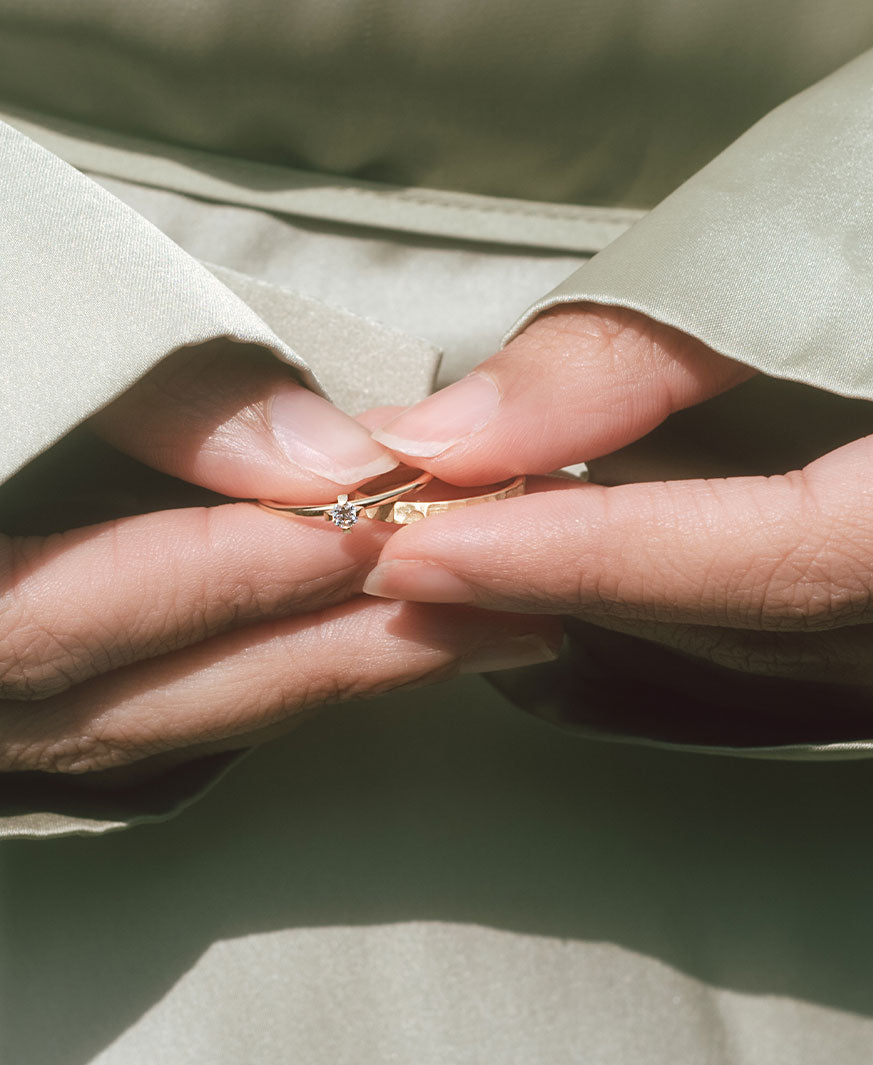
The History of the Engagement Ring: A Symbol of Promise and Eternity
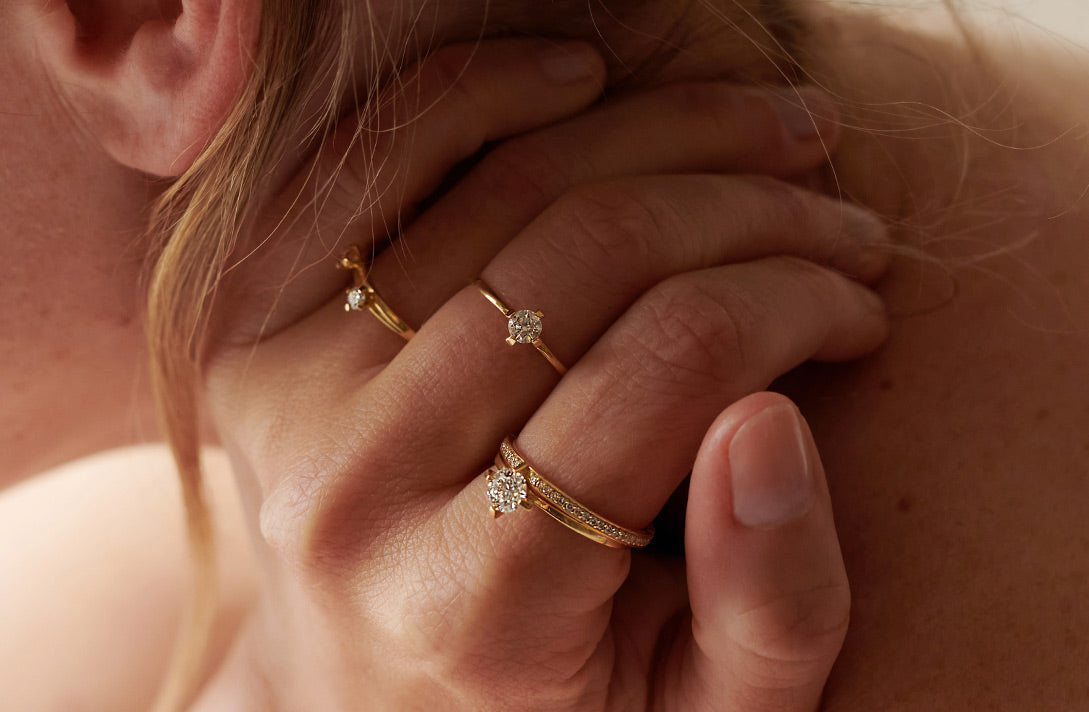
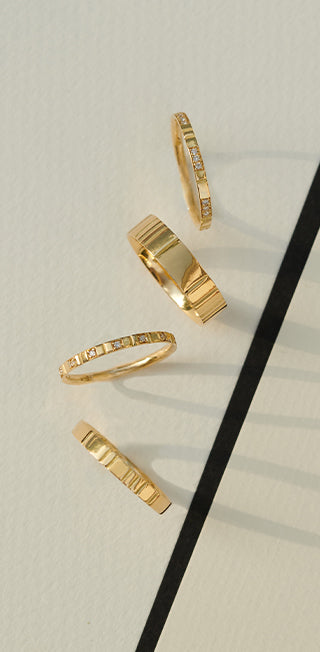
Origins in Antiquity
The earliest evidence of engagement rings can be found in ancient Egypt around 2800 BC. Rings were often made from natural materials such as reed at that time. Since this was not the most durable material for a ring, rings were increasingly made from leather or even ivory. The more expensive the material, the more meaningful the proposal was and it also demonstrated the wealth of the giver. Engagement rings were worn on the left ring finger, where the "Vena Amoris" was believed to be – a vein that was thought to lead directly to the heart. A notion that still preoccupies engaged couples today and which I discuss in detail in our journal: „Engagement Ring: Which Hand Is the Right One?" described.
Even in the Roman Empire, engagement rings existed as a symbol of status and connections. Initially, an iron ring was usually given by the man to the future bride as a sign of a legally binding contract. Later, gold also became established as a material for the engagement ring. By the way, the ring did not have a stone back then; simple engagement rings were always given, symbolizing the infinity of love with the circle.
In the 3rd century, the church also established the engagement ring as the symbol of marital intent, and thus the ring became increasingly popular.
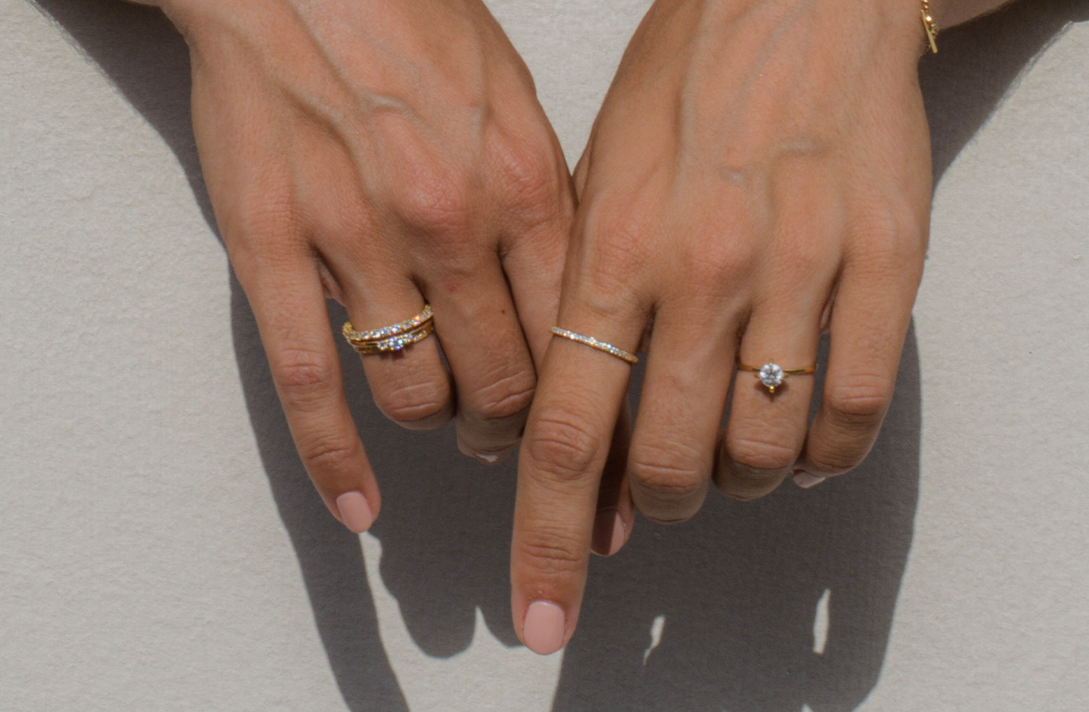
The first engagement ring: Middle Ages to Baroque
A milestone was then the first documented diamond engagement ring with a very personal design. This was given in 1477 by Archduke Maximilian of Austria to Mary of Burgundy. The ring featured an M set with small diamonds. Especially among European nobility, engagement rings were from then on more often adorned with diamonds.
In the Renaissance, the so-called "posy" rings appeared. These gold rings were engraved on the outside with messages, love verses, or secret inscriptions.
In the Baroque period, the rings became increasingly detailed and ornate, crafted with multiple stones and often set with colorful gemstones. The rings became more personal and often symbolized the couple and their love in a unique way.
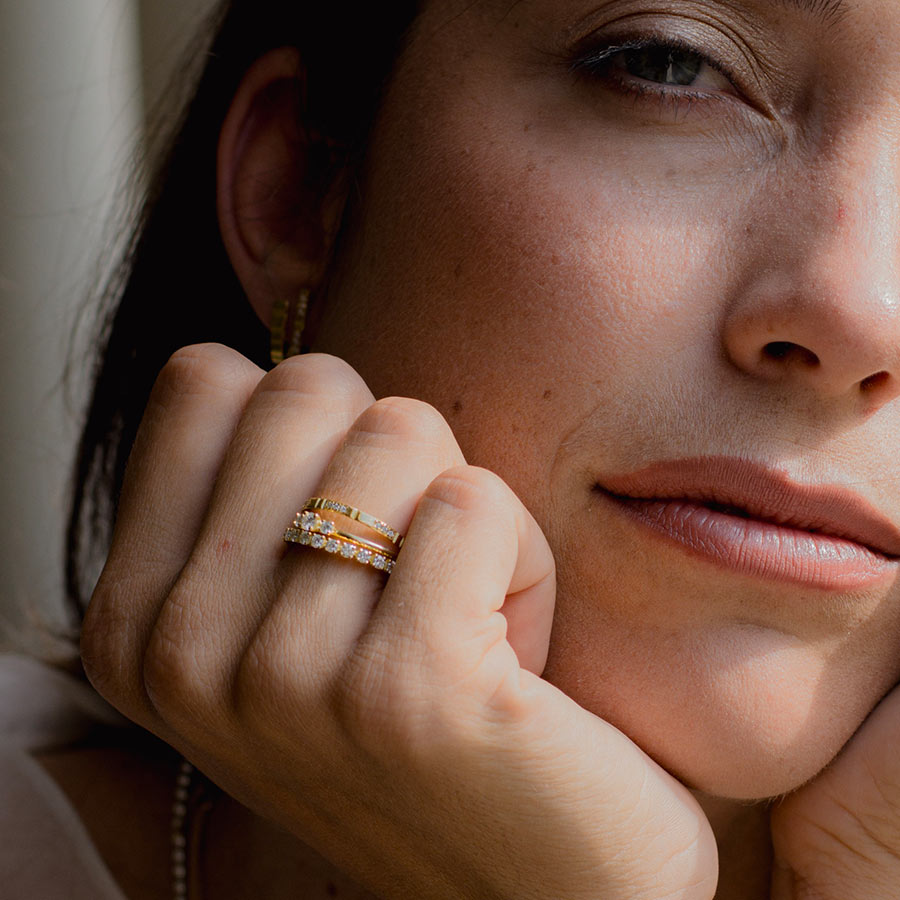
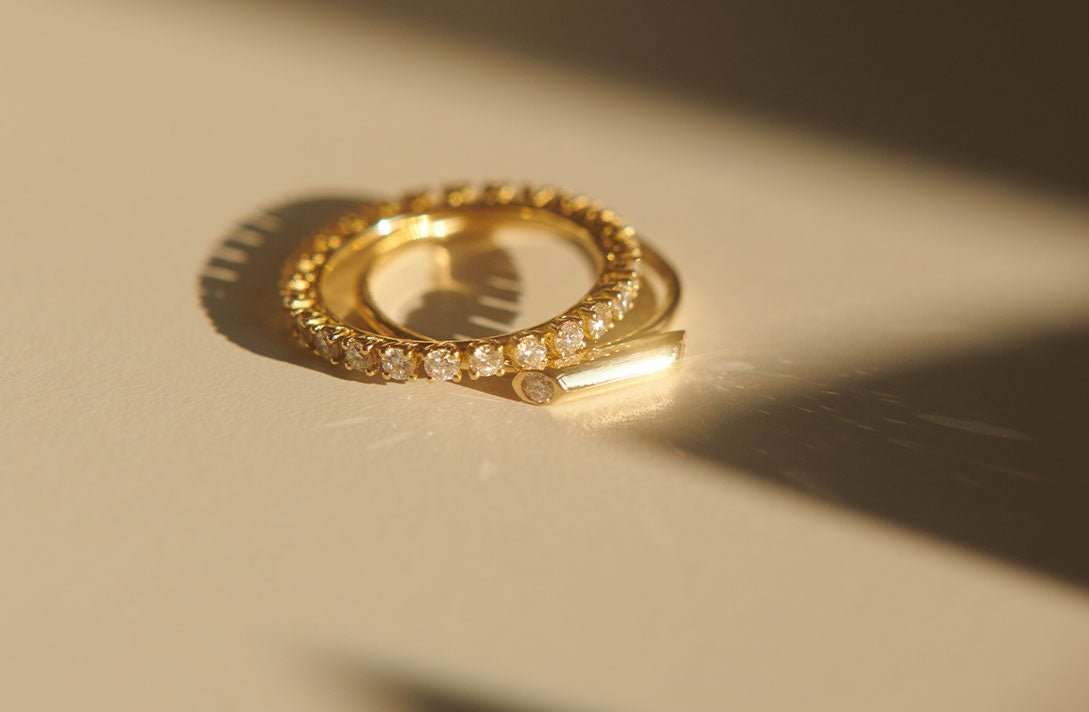
Victorian Era
In the 19th century, these customizations of the engagement ring were further intensified, although the ring was still reserved for the upper class.
Now, curved shapes, even snake shapes and floral designs were chosen. And the engagement rings became increasingly colorful; garnet, turquoise, or blue stones were very popular. Especially the dark blue of the sapphire established itself as a symbol of loyalty and became the common engagement ring model. A very well-known ring in this style is Diana's engagement ring, which later Kate Middleton received from Prince William.
With the industrial revolution, jewelry also became more affordable, and more and more people chose jewelry as a dowry to secure an engagement. The engagement rings were then simply designed again, similar to today's solitaire rings. The classic solitaire ring was then developed in 1886 by Tiffany & Co. and became the epitome of the engagement ring.
Our solitaire rings
20th century
After the First World War, the trend of the engagement ring declined and many young couples did not want an engagement ring. The decisive change was then brought about by DeBeers in the 1930s with their marketing campaign "A Diamond is Forever"
Thus, the diamond became the symbol of the infinity and indestructibility of love. And the diamond ring the standard engagement ring.
In the 1980s, vintage rings came back into fashion, as did the sapphire halo ring inspired by Diana from the 19th century.
The Engagement Ring Today
The present no longer knows fixed trends when it comes to engagement rings. Engagement rings are set with diamonds or colorful gemstones. They are minimalist, vintage, or completely individual. Nowadays, some couples even choose the engagement ring together, or the woman proposes.
And also the awareness of sustainability, and thus the question of what values our ring and our love should represent, is increasingly coming into focus. Sustainable materials such as Labor Diamanten in engagement rings are now established.
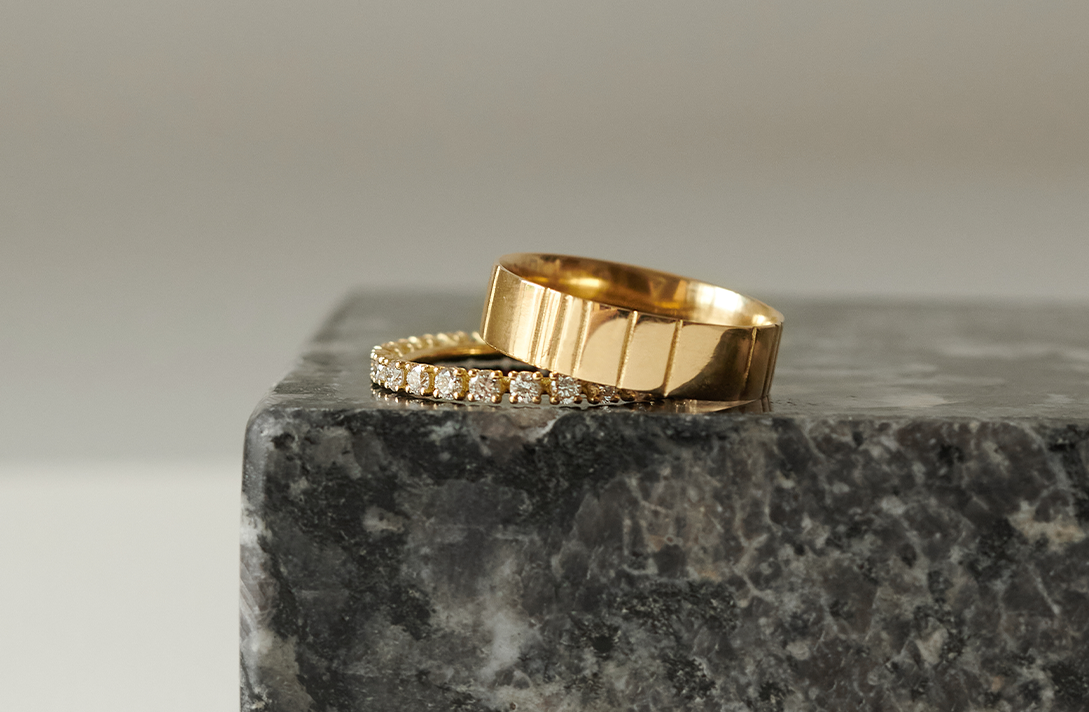
The engagement ring as a symbol of your love
The ring as a circle, without beginning and without end, is an ancient symbol of the infinity of your love, and the diamond stands for your constancy and strength.
Even today, the ring finger is the finger on which the engagement ring is worn, as a symbol of the connection to the heart based on the legend of the vein of love.
But perhaps the most important thing is: The engagement ring not only has an exciting history, it also tells a story today: Yours.
From this blog post

Written By Helge Maren
